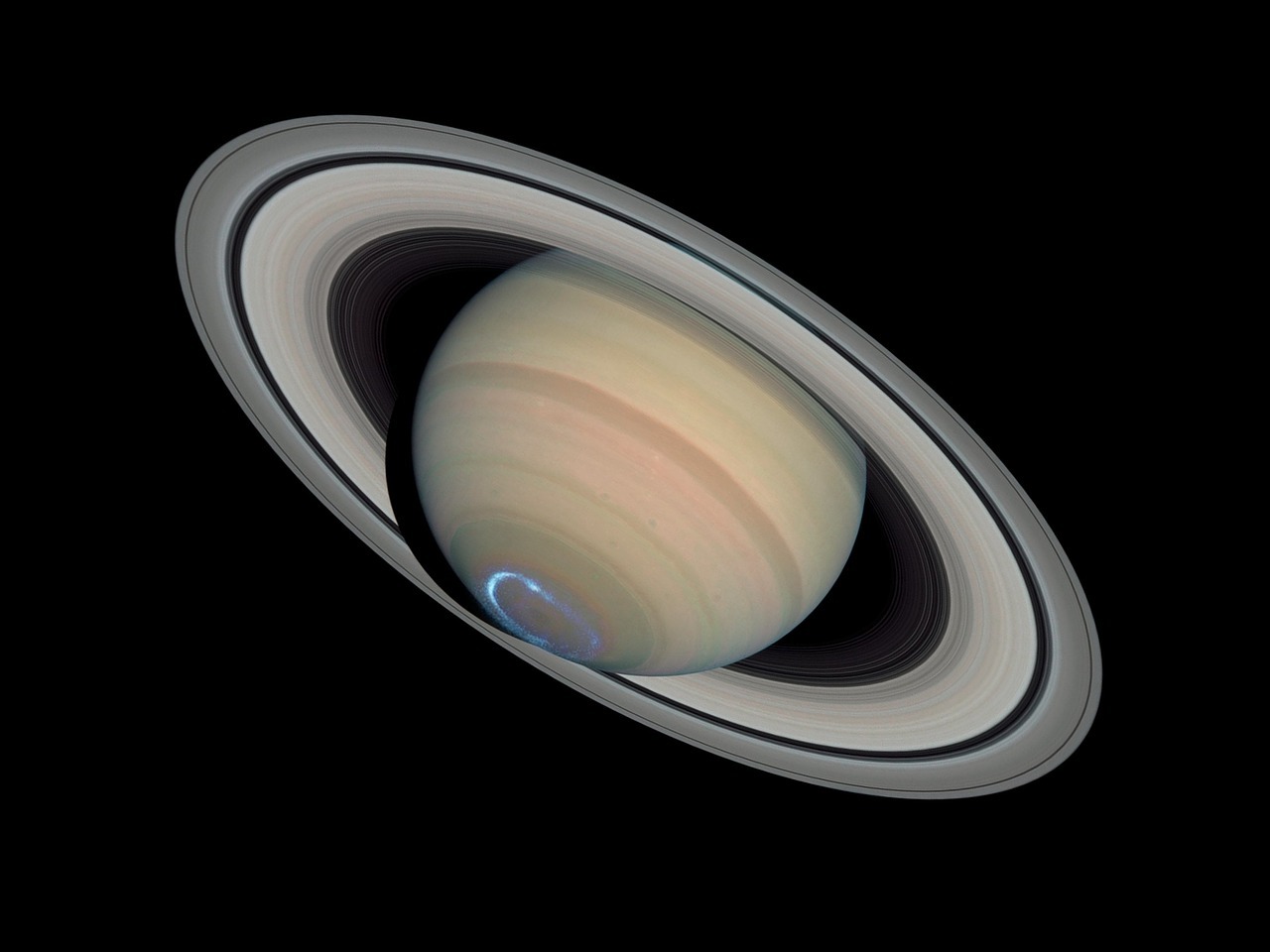
Saturn, the second largest planet in our solar system, is a celestial spectacle known for its mesmerizing rings and a retinue of intriguing moons. Its gaseous composition, layered structure, vibrant atmosphere, and dynamic ring system have captivated astronomers and the public alike for centuries.
Introduction: A Majestic Gaseous Giant
At a distance of approximately 1.4 billion kilometers from the Sun, Saturn orbits the solar center every 29.5 Earth years. Its immense size, with a radius slightly larger than Jupiter’s, is evident in its globe-spanning storms and its colossal rings.
Saturn’s composition is primarily hydrogen and helium, with trace amounts of heavier elements. This gaseous nature allows the planet to maintain a vast atmosphere, extending far beyond its visible surface.
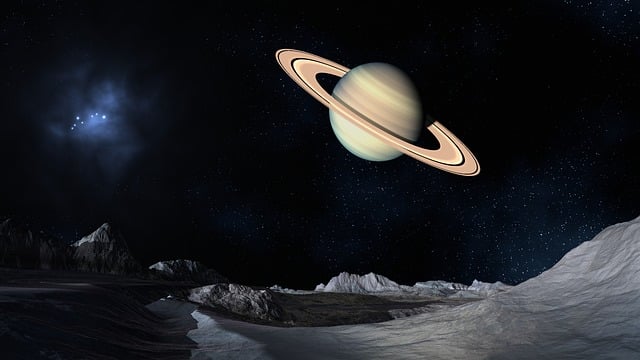
Composition and Structure: A Gaseous Realm with Distinctive Layers
Saturn’s structure mirrors that of other giant planets, with a differentiated interior that consists of a dense core surrounded by a swirling mantle of hydrogen and helium. The outermost layer, the atmosphere, is divided into distinct regions based on temperature and composition.
The troposphere, the lowest region, is home to Saturn’s distinctive cloud bands, which are formed by the condensation of methane and ammonia. The stratosphere, located above the troposphere, is characterized by decreasing temperatures and the presence of helium and hydrogen gas.
The ionosphere, the next layer, is a region of high electrical conductivity, where ultraviolet radiation from the Sun ionizes atmospheric gases. Surrounding the planet is the magnetosphere, a vast bubble of charged particles created by the interaction of Saturn’s magnetic field with the solar wind.
Atmosphere and Weather: A Dynamic Realm of Storms and Variations
Saturn’s atmosphere is in a constant state of flux, with winds reaching speeds of up to 1,800 kilometers per hour. These powerful winds sculpt the cloud bands, creating patterns that vary with latitude and time.
The most prominent feature of Saturn’s atmosphere is the Great White Spot, a colossal storm that appears and disappears periodically. This storm, similar to Jupiter’s Great Red Spot, is a mesmerizing example of the planet’s dynamic weather patterns.
Saturn’s atmosphere also exhibits temperature variations, with the upper atmosphere reaching temperatures of approximately -180 degrees Celsius, while the planet’s interior is believed to be much hotter, potentially exceeding 12,000 degrees Celsius.
Ring System: A Spectacle of Ice and Dust
Saturn’s most iconic feature is its mesmerizing ring system, a vast collection of countless small particles that orbit the planet. The rings extend for hundreds of thousands of kilometers, ranging from a few kilometers to hundreds of kilometers in width.
The ring system is composed primarily of water ice, with a trace component of rocky material. The particles range in size from micrometers to meters, and they are arranged in a complex hierarchy of rings, gaps, and ringlets.
The origin of Saturn’s rings remains an ongoing scientific debate. One hypothesis suggests that the rings formed from fragments of a moon that was shattered by a collision with a comet or asteroid. Another possibility is that the rings are remnants of material that never coalesced into a moon.
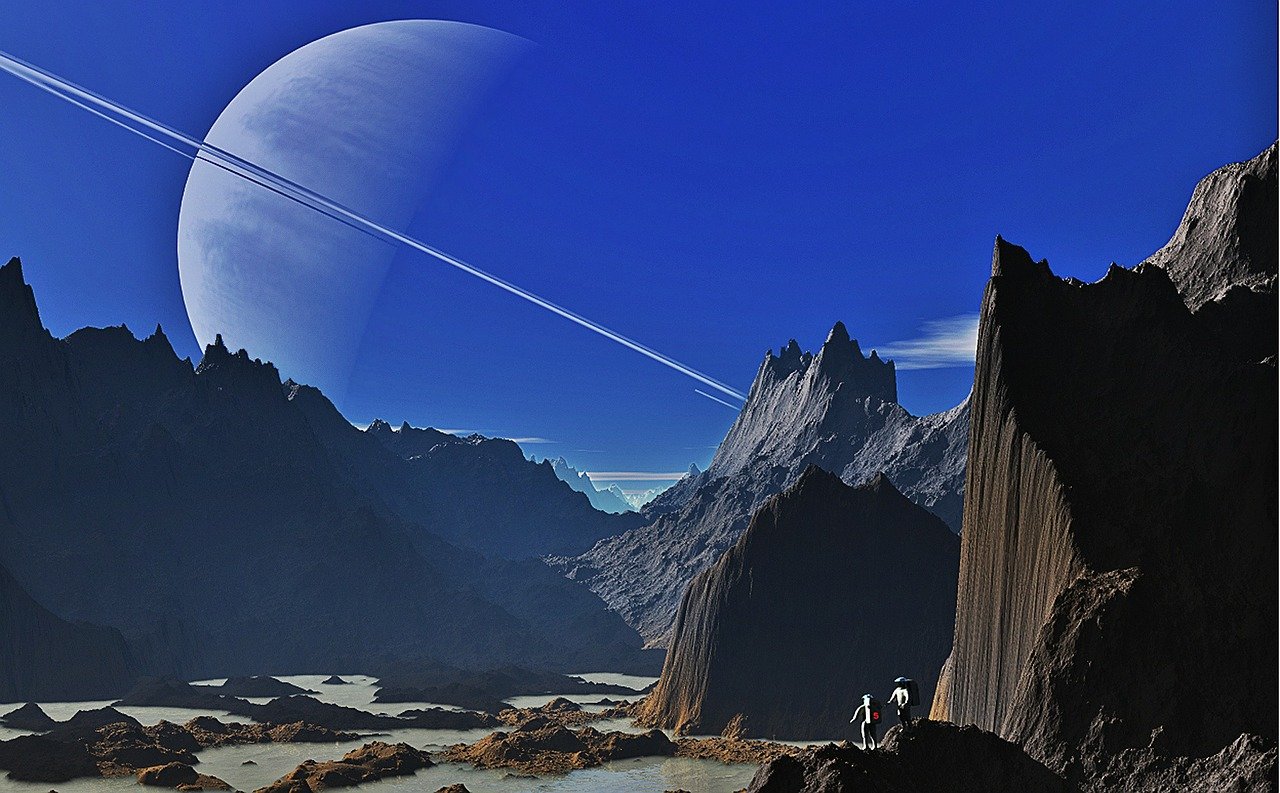
Moons: A Realm of Diversity and Intrigue
Saturn boasts an impressive entourage of moons, numbering over 80. These moons exhibit a wide range of sizes, compositions, and orbital characteristics. Some of Saturn’s moons are geologically active, with evidence of ongoing volcanism and tectonic activity.
Among Saturn’s moons, Titan stands out as the most prominent. With a radius slightly larger than Earth’s moon, Titan is the only moon in the solar system known to have a substantial atmosphere, consisting primarily of nitrogen with traces of methane and other hydrocarbons.
Enceladus, another remarkable moon, is the source of a vast plume of water vapor spewing from its south polar region. This plume is thought to originate from hydrothermal vents, hinting at the possibility of an underground liquid water ocean on Enceladus.
Rhea, the second-largest Saturnian moon, is a heavily cratered body with a smooth, icy surface. It may hold clues to the early formation of the solar system.
Internal Structure and Dynamics
Saturn’s interior is a realm of immense pressure and heat. Its core, likely composed primarily of iron, nickel, and rock, is surrounded by a thick, metallic hydrogen mantle. This mantle, responsible for Saturn’s internal heat, continuously generates turbulence and convection currents that drive the planet’s atmospheric circulation.
Saturn’s outer atmosphere, composed primarily of hydrogen and helium, is characterized by bands of alternating high and low pressure belts. These belts, driven by solar radiation and internal heat, generate powerful winds and storms that can reach speeds of up to 1,800 kilometers per hour.
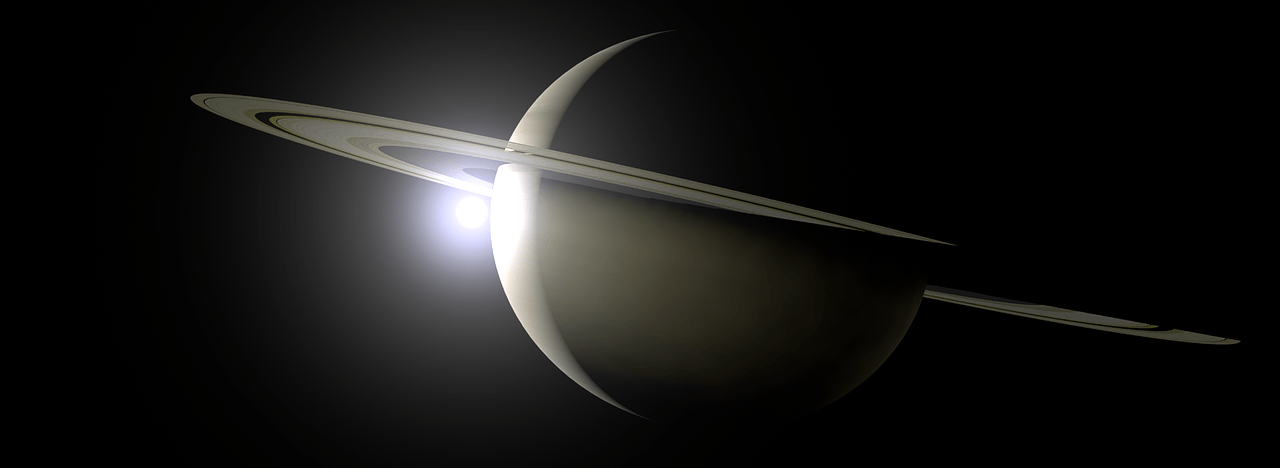
Magnetosphere: A Shield and a Weaver of Auroras
Saturn’s magnetosphere, the largest in the solar system, stretches for millions of kilometers, enveloping its rings and moons. This magnetic shield protects Saturn from the harmful radiation of the solar wind. However, the interaction between the magnetosphere and the solar wind triggers the formation of Saturn’s spectacular auroras, vibrant displays of light that dance across the planet’s poles.
Exploration and Discovery: A Journey into Saturn’s Realm
Human exploration of Saturn began with early telescopic observations in the 17th century. Pioneering flyby missions by Pioneer 11 and Voyager 1 and 2 provided valuable insights into Saturn’s rings, magnetic field, and atmosphere. However, it was the Cassini-Huygens mission, a joint endeavor between NASA and the European Space Agency, that revolutionized our understanding of Saturn.
Cassini orbited Saturn for 13 years, making countless close passes of the planet, its rings, and its moons. During its mission, Cassini discovered new moons, explored the chemical composition of Saturn’s atmosphere, and revealed the intricate dynamics of its magnetosphere.
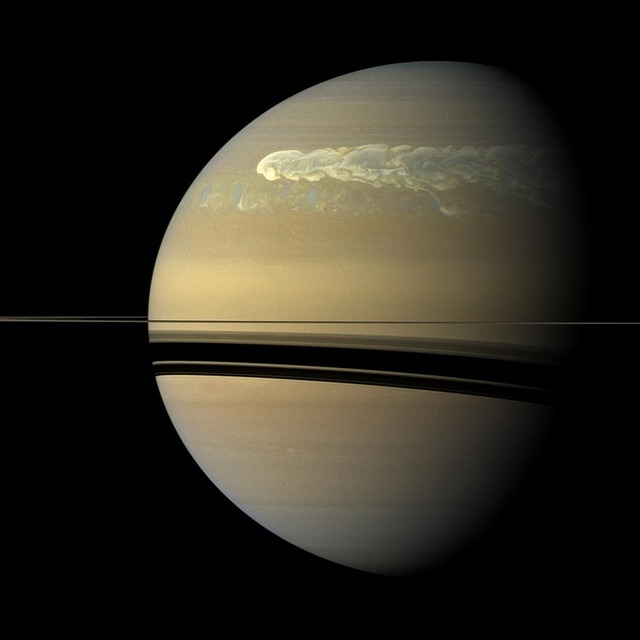
Current Understanding and Future Exploration
Our current understanding of Saturn suggests that it formed from the collapse of a cold, rotating cloud of gas and dust. This cloud, enriched with heavier elements like hydrogen and helium, gradually coalesced into a disk, with Saturn accreting matter at a rapid rate.
Future exploration plans for Saturn include missions like the Dragonfly rotorcraft mission, which aims to study Titan, Saturn’s largest moon, and the Interstellar Mapping and Acceleration Probe (IMAP), which will study the interaction between Saturn’s magnetosphere and the interstellar medium.
Conclusion: Saturn’s Enduring Significance
Saturn stands as a testament to the grand diversity of our solar system. Its unique internal structure, powerful magnetosphere, and captivating ring system provide a wealth of scientific insights into the formation and evolution of planetary systems.
Saturn’s potential for hosting life remains an intriguing question. Its atmosphere, though not suitable for humans, may harbor potential habitats for simple life forms. Further exploration of Saturn’s moons, particularly Titan, could provide valuable clues about extraterrestrial life.
As we continue to explore Saturn and its moons, we unlock new perspectives on the cosmos, expanding our understanding of the processes that shape our solar system and the potential for life beyond Earth. Saturn’s allure endures, captivating our minds and inspiring future generations of explorers.
You may also like:
Mercury: The Closest Planet to the Sun
Venus: The Earth’s Twin or a Very Different Planet?
Mars: Comprehensive Exploration, unveiling the Mysteries
Jupiter: A Cosmic Giant – Symphony of Storms
Saturn: A Gaseous Giant with Enthralling Rings and Diverse Moons
Useful links:
NASA: https://spaceplace.nasa.gov/search/saturn/
European Space Agency (ESA): https://science.nasa.gov/mission/cassini/
Japan Aerospace Exploration Agency (JAXA): https://global.jaxa.jp/projects/sat/
Indian Space Research Organisation (ISRO): https://en.wikipedia.org/wiki/Saturn

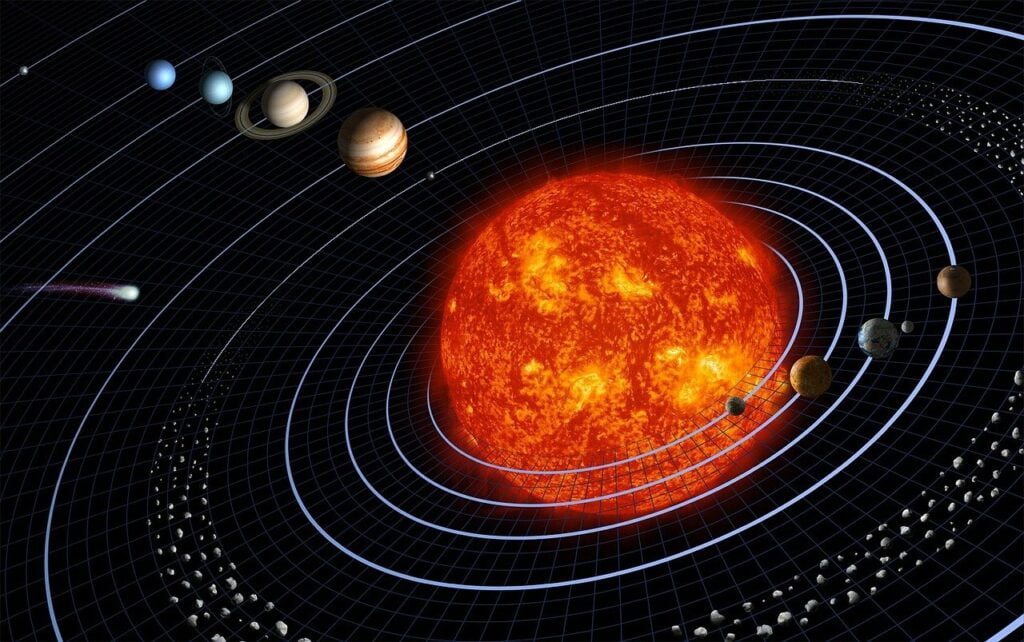
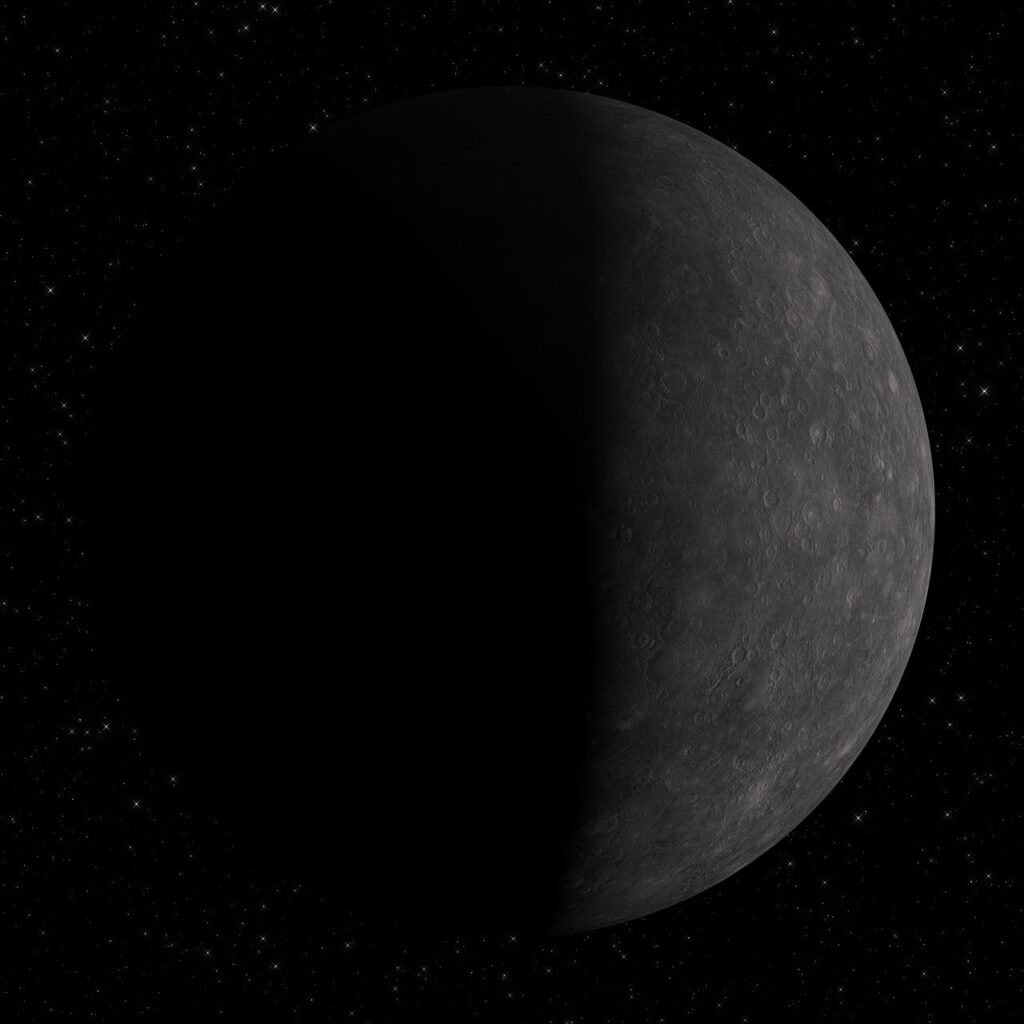
Pingback: The Kuiper Belt: A Relic of the Solar System - Love Science
Pingback: The Eagle Nebula: A Cosmic Nursery for Stars - Love Science
Pingback: Stellar Classification - Love Science